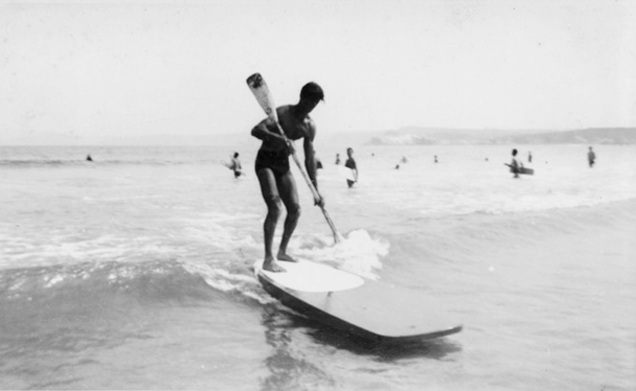
Paddleboarding has a hawaiian heritage and translates in hawaiian to Ku Hoe He'e Nalu; to stand, to paddle, to surf, a wave. It's history dates back to the 1950's when the beachboys (surf instructors) on Waikki Beach used to stand up and paddle out to the surf break using their regular surf boards and a one bladed paddle.
They did this because the higher view point offered by the sup style provided better visibility of their group and incoming swells. Also, it allowed them to keep their wealthy customers cameras dry and take pictures of them surfing!! As surfing developed and fashions changed, the paddle was lost and only a few surfers in Waikki continued to stand on their board and use a paddle.
There are also stories about Charlie Force, a carpenter and builder from the UK who in 1953 designed and built a hollow wooden surfboard which he successfully rode in Newquay Bay. So there is evidence of SUP surfing in the UK some 50 years before it became popular in the UK.
In this article
Fishing
Flatwater / All-round
Health & Fitness
Race
Surf
Touring & Exploring
Adventure & Lifestyle
Column & Opinion
Today, due to modern technologies and designs, paddleboards are lighter and more manoeuvrable, and paddles are lighter and more powerful. This has enabled paddleboards to have a much broader use e.g. surfing / flat water cruising / racing / white water paddling/ fishing / all round paddling and for just having fun on! There are now many different types of paddleboards on the market for people to choose from, to suit their paddleboarding needs. For example race SUPs, wave SUPs, all-rounder SUPs, fishing SUPs, ocean rescue SUPs etc… What you choose to do on a SUP is really up to you.
Check out more from WaSUP in the Why SUP and What SUP Board Pages
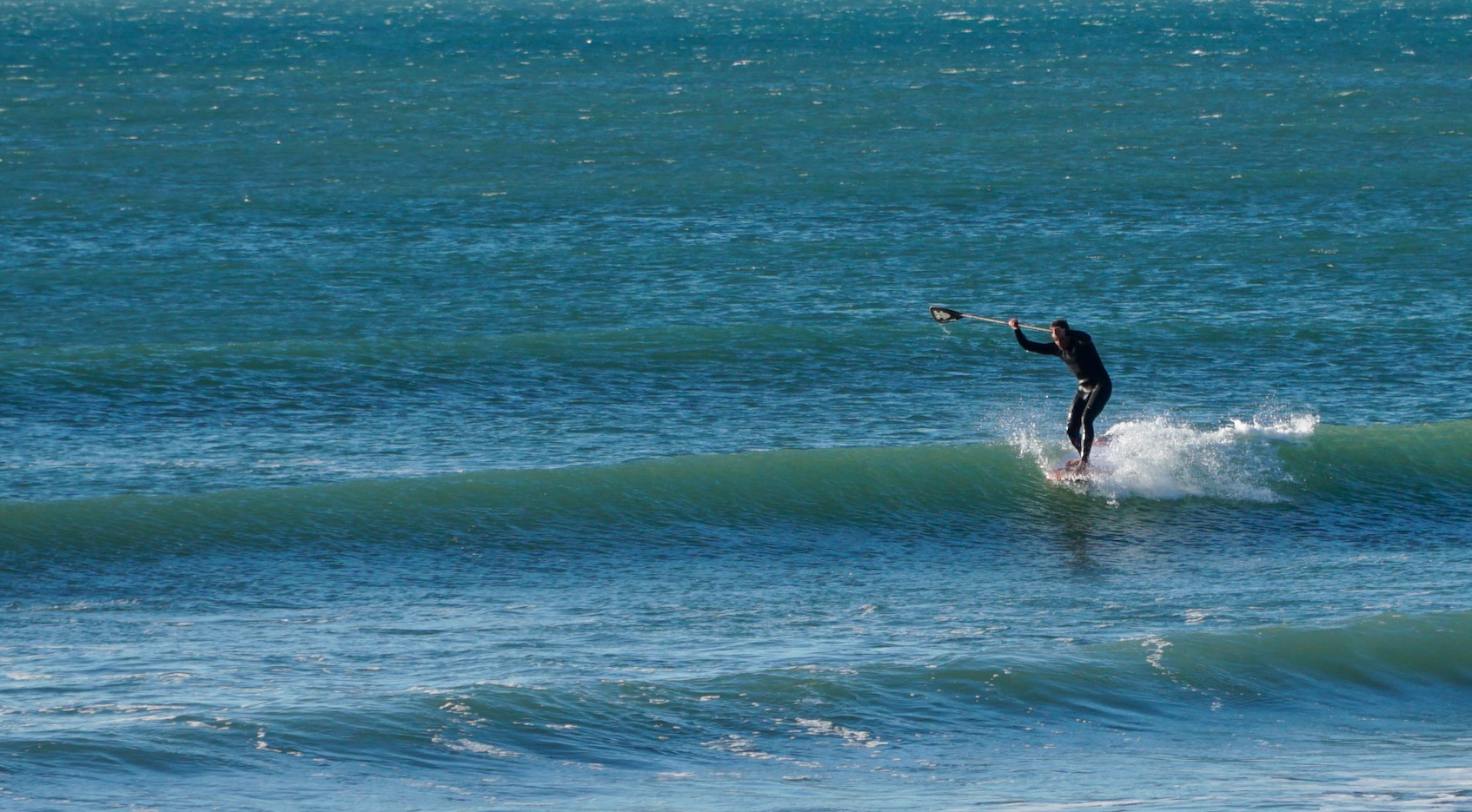
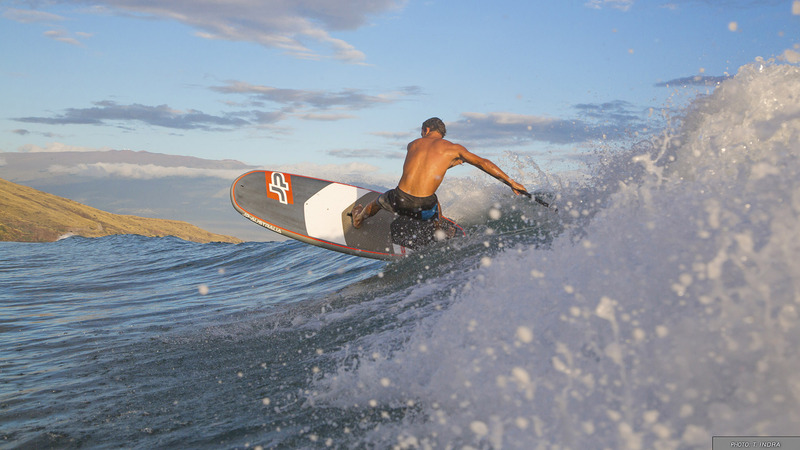
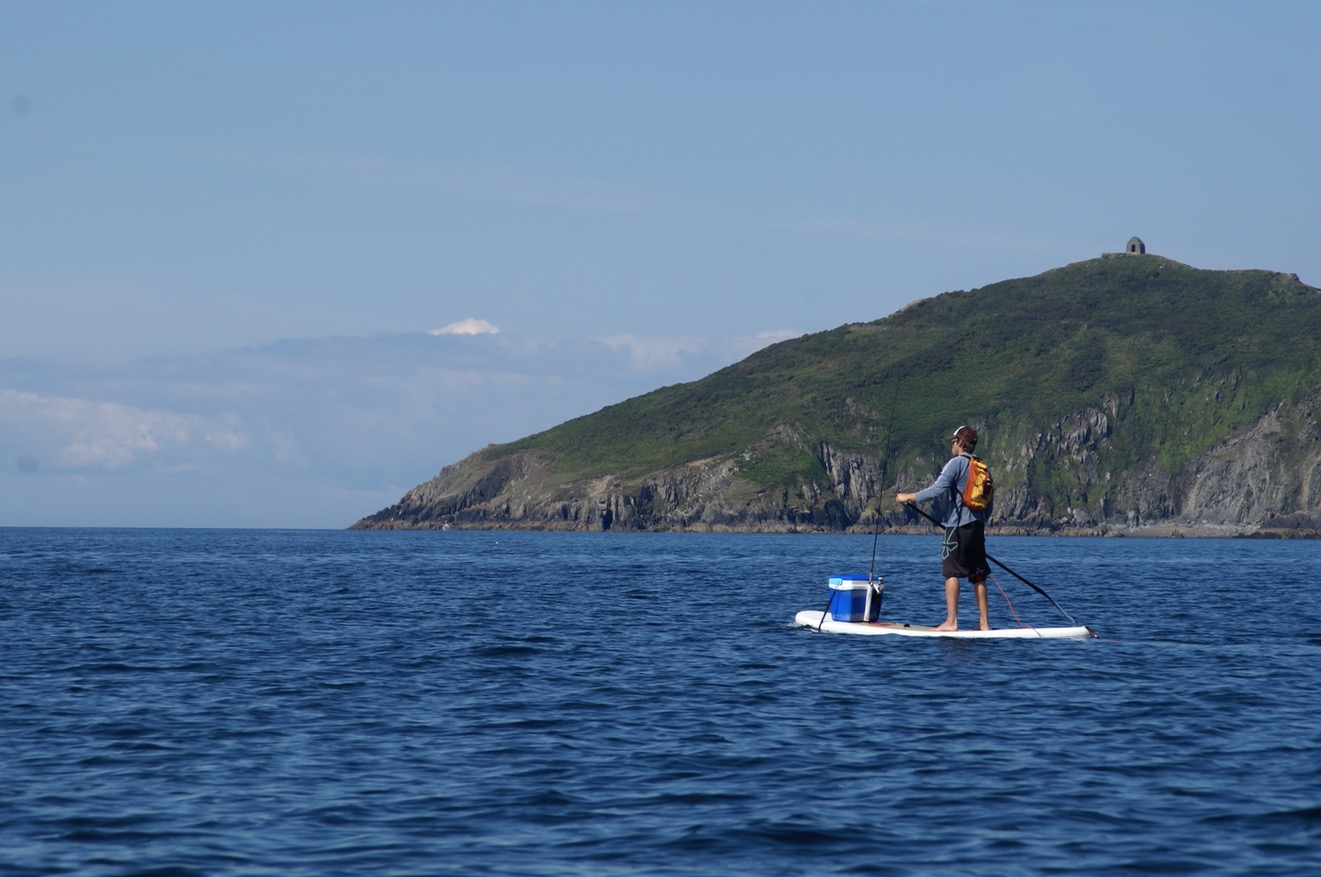
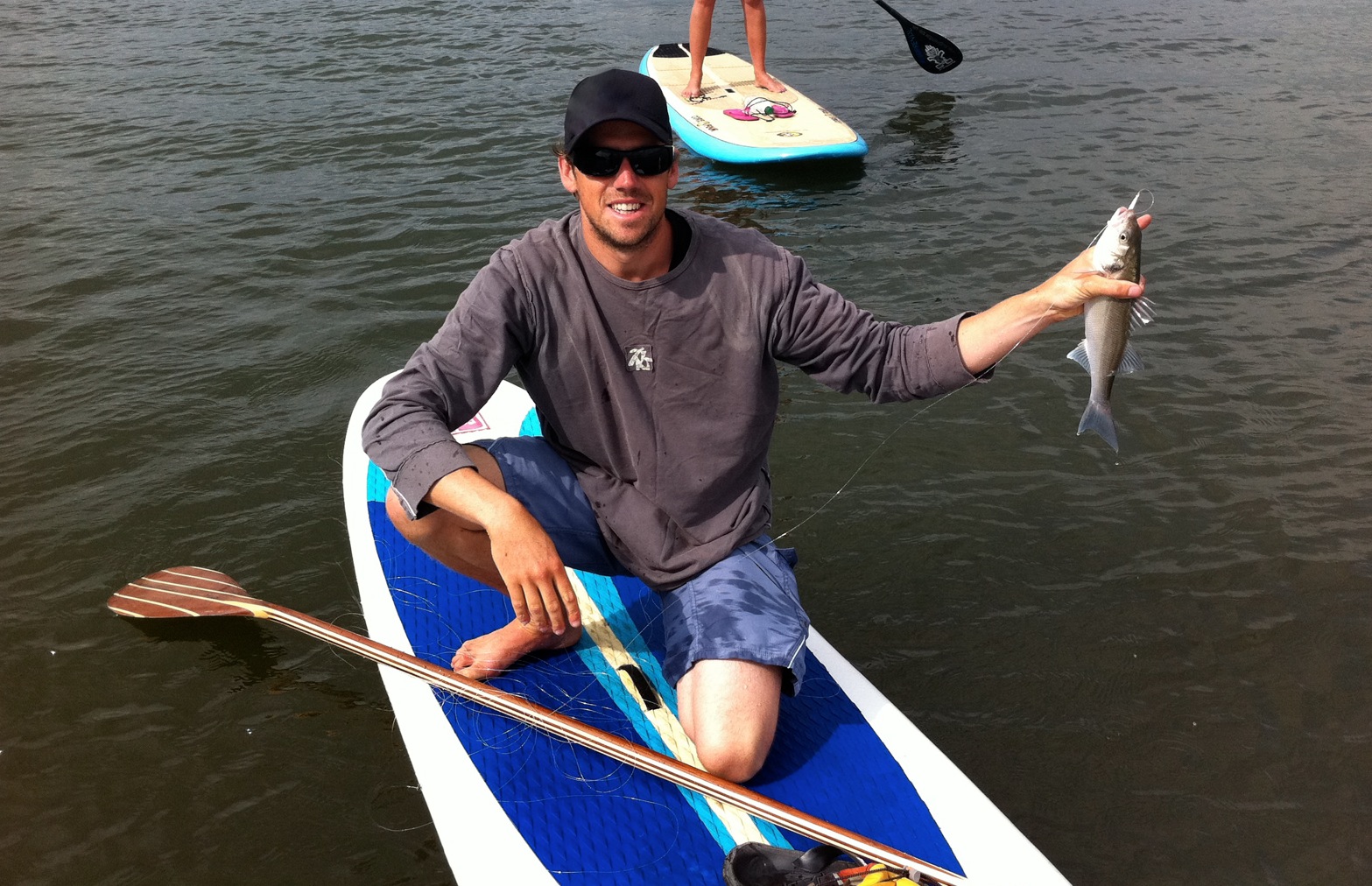

My father rode an SUP in Perth, Australia in the 1930s. Wooden construction about 10 to 12 feet long with double bladed paddles. Continued to ride until late 1960s.
Thats great stuff. That makes your dad a pioneer!
A bit more information. The paddle was tied to the front of the ski so that he could stand up and lean back and paddle harder. The ski was quite heavy, or at least it felt heavy to me when I was a boy helping him carry it from the car to the water and back again. He said lots of people rode similar skis in the 1930s and 1940s although some were made of canvas. I never saw a canvas ski. They use to ride them at Cottesloe where the overseas cable landed. One of his friends (Rankin a… Read more »
All really interesting stuff. He was a true waterman! Thanks for sharing